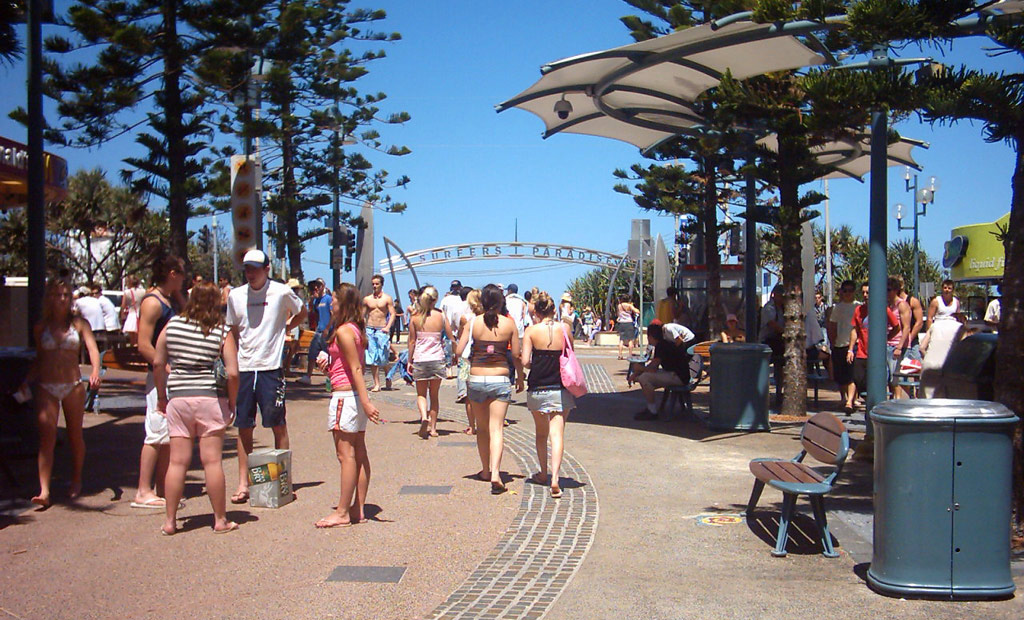
The presence of an in-event health service (EHS) at Schoolies Week significantly reduces the impact on Gold Coast public hospital emergency departments Griffith University-led research has found.
Researchers from Gold Coast Health, Menzies Health Institute Queensland, Princess Alexandra Hospital and the University of Queensland, studied the impact on two emergency departments in south-east Queensland the week before, the week during and the week following Schoolies in 2014.
They also looked at the nature of presentations at the onsite health facility (staffed by ED nurses, doctors and paramedics) that operates in the week of Schoolies between 6pm and 2am.
“About 20,000 school leavers attend the Gold Coast for Schoolies every year at the end of November and evidence indicates some of these young adults engage in risky behaviours such as excessive alcohol consumption, using illicit drugs and/or unprotected sex,” said lead researcher Professor Julia Crilly from Griffith’s School of Nursing and Midwifery (MHIQ).
“But only a small proportion of young people require healthcare on site or in the ED.”
In the week of Schoolies in 2014, 420 young people (aged 16-18 years), required healthcare at the on-site health facility. Of those, almost one in two (45%) were for alcohol or drug-related problems while one in four (26%) was for an injury. Few of these were transferred to the ED for further treatment.
Co-author Dr Jamie Ranse said the ability to minimise the impact of mass gathering events on healthcare services was important given current constraints around ED crowding.
“While there was an impact on the ED during Schoolies week, the use of an EHS mitigated the effect,” he said.
The study also showed an increase in presentations from young adults to the ED especially from areas outside the local region. The number of young adults arriving to the ED by ambulance was higher, the number of trauma, toxicology and mental health presentations was higher and the number of young people who did not wait was higher.
“The higher number of young adults arriving to the ED during Schoolies week is clinically important as it indicates potential impact on prehospital and in-ED resources,” Professor Crilly said.
“This in-house model of care served as an effective hospital avoidance strategy for a planned youth mass gathering event and as such could be considered for future MGE.”
The study is published in Emergency Medicine Australasia.








